World’s climate savers to stop-over in Berlin
 A quick stop-over in the German capital is always worth it. Many participants of this year’s UN climate summit in neighbouring Poland are likely to do just that with the Dahrendorf Symposium taking place in Berlin on Thursday and Friday coinciding with the first week of the UN talks in Warsaw.
A quick stop-over in the German capital is always worth it. Many participants of this year’s UN climate summit in neighbouring Poland are likely to do just that with the Dahrendorf Symposium taking place in Berlin on Thursday and Friday coinciding with the first week of the UN talks in Warsaw.
 The Symposium strives to add fresh impetus to the ongoing climate negotiations asking how exactly Europe can keep spearheading the fight against climate change. Former Prime Ministers such as Italy’s Mario Monti or Ireleand’s Mary Robinson together with many other leading experts from academia, politics, and industry will be discussing how successful Europe really is in fighting climate change and the challenges lying ahead.
The Symposium strives to add fresh impetus to the ongoing climate negotiations asking how exactly Europe can keep spearheading the fight against climate change. Former Prime Ministers such as Italy’s Mario Monti or Ireleand’s Mary Robinson together with many other leading experts from academia, politics, and industry will be discussing how successful Europe really is in fighting climate change and the challenges lying ahead.
The Dahrendorf Symposium is a joint initiative of the Hertie School of Governance, the London School of Economics and Political Science as well as the German Mercator Foundation (Stiftung Mercator). The range of topics that will be discussed include:
- The reform of international negotiation standards and legal framework
- Europe’s strategy for climate protection after “Europe 2020”
- The potential of Europe’s cities as drivers of climate friendly behaviour
- New mechanisms of taxation and funding that could benefit economic growth as well as climate protection.
The Dahrendorf Symposium, which is hosted every two years, is taking place at Berlin’s Akademie der Künste on November 14 and 15. Founded in 2011 in the spirit of Lord Ralf Dahrendorf, the organizers say, it aims to challenge entrenched patterns of thought and argument on the future of Europe.
You can find further information about the Dahrendorf Symposium on the conference website and in the programme.
Watch a short introduction to the Dahrendorf Symposium in the conference’s very own trailer:
What’s at stake at #COP19 talks in Warsaw?
What can the world expect from the next round of global climate talks in Warsaw in November? And will governments put money behind their climate pledges? Journalists from around the world had the chance to quiz Achim Steiner, head of the UNEP, in an online video conference organized by DW Akademie.
Web session with Achim Steiner (UNEP) from DW Akademie on Vimeo.
Young climate enthusiasts sharpen skills at ‘2° Campus’
For the past two years, the German chapter of the World Fund for Nature (WWF) has organized a project called “2° Campus” or “Two degrees Celsius Campus.” It’s targeted at young students in Germany between the ages of 15 and 19.
The aim is to bring together young people interested in climate issues and science and encourage them to work on related subjects ranging from energy, mobility, building insulation to food. As part of the project, the students visited German universities, spoke with scientists and even got the chance to work on research projects with them.
As the project drew to a close this week in Berlin, Global Ideas reporter Julia Henrichmann caught up with some of the young climate enthusiasts and found out what drives them to engage with climate and environmental issues.
Enno Gerhard, 16, from Bremen
Global Ideas: What made you take part in the project?
I happened to read about it in a newsletter. I believe that if we don’t change the world, our future generations will not survive.
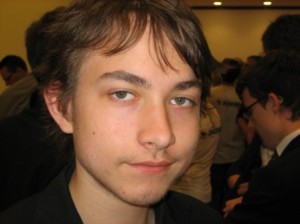 What was your focus during the project?
What was your focus during the project?
I always wanted to find out more about solar modules. We tried to figure out how to build organic solar cells. In the project, I was responsible for researching the variation of different temperatures in solar cells.
Has the 2° Campus project changed you as a person?
After taking part in the 2° Campus, I stopped eating meat, we even changed our electricity supplier at home. Now I would love to study physics to help build smart grids in Germany and to find new solutions for the power network (especially for alternative forms of energy).
What do you think are the most pressing climate issues?
We absolutely have to find quick answers for mobility, for example with electric cars. We also have to ensure that issues such as mobility and energy are brought together such as setting up new smart grids or building energy efficient buildings.
Lukas Jochum, 17, from Ottweiler in Saarland
Global Ideas: What got you interested in the project?
My teacher read about the project and asked me if I wanted to be part of it. I always wanted to save the earth and I’m already active in the Green Party.
What did you work on in the project?
 We worked on refitting old school buildings. For example, we looked at new ways of insulating buildings by installing new windows.
We worked on refitting old school buildings. For example, we looked at new ways of insulating buildings by installing new windows.
What do you do personally to reduce your carbon footprint?
I always use my bicycle, I am vegetarian and I’m trying to convince my parents not to use the car that often.
How do you see the state of the planet in 30 years?
My dream is that we ban nuclear energy worldwide.
Antonia Bürke, 17, from Leipzig
Global Ideas: What’s your motivation for participating in the project?
Climate change concerns us all.
What did you work on in the project?
In the project, I was responsible for inventing new coloring for solar cells. We used natural colors from tea, for example. It worked pretty well!
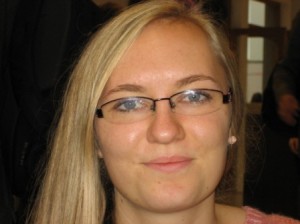 What do you do to combat climate change?
What do you do to combat climate change?
I don’t eat meat, I always use my bicycle or use public transport. And I try and convince my friends to do that as well.
Where do you see the world in 30 years?
My dream is that many more people use trains and buses instead of cars. But for that, public transport options need to be more attractive. I hope that the famous German “Energiewende” (the transition from nuclear and fossil fuels to renewable sources of energy) will be in force and implemented by other countries as well.
Helen Jerg, 16, from Mannheim
Global Ideas: What prompted you to apply for the project?
We are going to be here for a long time and if we don’t change our planet, then our future is uncertain.
What was your role in the project?
 I want to study construction engineering to learn how to upgrade old buildings. My idea in the WWF project was not only to refit buildings and to put in new windows and to insulate walls but also to find a different use for school buildings. For example, why don’t we use existing school buildings and convert them into youth hostels over the holidays? That way no extra energy is wasted and the school buildings, that lie idle over the holiday period, are put to good use.
I want to study construction engineering to learn how to upgrade old buildings. My idea in the WWF project was not only to refit buildings and to put in new windows and to insulate walls but also to find a different use for school buildings. For example, why don’t we use existing school buildings and convert them into youth hostels over the holidays? That way no extra energy is wasted and the school buildings, that lie idle over the holiday period, are put to good use.
What’s your personal contribution to lowering emissions?
I am vegetarian and I try to convince my friends and family not to eat that much meat anymore. I also try to use organic products as much as I can.
What do you think the world will look like in 2043?
I hope that everybody will use green energy then, that many people turn vegetarian and that a critical mass of people become aware of the dangers of climate change.
Note: The name “2 degrees Celsius Campus” refers to a WWF study that shows greenhouse gas emissions in Germany can be cut by 95 percent by 2050 in order to limit global warming to a maximum of 2 degrees Celsius compared to pre-industrial levels. The study contains concrete suggestions for what needs to change in the fields of energy, mobility, housing and food in order to slash emissions.
Departing from the world as we know it

Rich benthic fauna and associated reef fish, Southeast Sulawesi, Indonesia.
(Photo credit: Keoki Stender, Marinelifephotography.com)
In light of the coming climate conference COP19 in Warsaw a new study published today in the scientific journal Nature highlights the importance of urgent greenhouse gas (ghg) mitigation: Researchers say that weather extremes will eventually move beyond anything that could be explained by natural climate variability.
Sceptics often argue that what the majority of scientists call climate change is just natural variability. And the fact that the earth did not get warmer for the last 16 years they take as a proof that climate researchers’ predictions are wrong. Obviously climate scientists couldn’t disagree more, and this study further undermines the sceptics’ argument. From the data they conclude that at some point – the so called “climate departure” – climate extremes will even surpass anything we have have seen in the last 150 years of a changing climate.
If you think that is now at a distant point of time – far from it! Depending on the volume of GHG emitted, this “climate departure” could already happen in the middle of this century. In a low emission scenario (which requires limiting CO2 concentration to 538 ppm by 2100 – from around 393 ppm nowadays) mean climate would move out of historical bounds by 2069 on world average. In a business-as-usual scenario (936 ppm by 2100) these boundaries would already be exceeded by about 2047 on world average.
For their experiment, the researchers compared historical climate variability with the projections for a future time period until 2100. They defined historical climate variability for the period of 1860 to 2005 – a time when anthropogenic influence on climate has already been at play. Excluding this anthropogenic GHG emission from their calculations, climate departure would set in about 18.5 years early in a low and 11.5 years earlier in a business-as-usual scenario.
“The results shocked us. Regardless of the scenario, changes will be coming soon,” said lead author Camilo Mora of Social Sciences’ Department of Geography at the University of Hawaii, Manoa, in a press release. “Within my generation, whatever climate we were used to will be a thing of the past.”

Shown in grey is the historical variability of temperature. Just referring to this factor, climate depature would be at 2036 in a low emission scenario – as temperature of all following years (red area) would be outside of the historical bounds (Photo credit: Mora et al., 2013)
For their calculations of climate departure year, the team did not only look at air temperature (as shown above), but also at several more factors that determine climate change – such as sea surface temperature, precipitation, evaporation, and acidification of oceans. As these factors differ spatially, the researchers developed an map showing the departure dates for several cities.
What happens in consequence to climate departure, depends on the biological properties of that region: How well can species adapt to new conditions? Can they migrate to more suitable habitat? How will migration affect interaction with other species? In the highly biodiverse tropics (dashed area on the map) for example, the shift will occur far earlier than in other parts of the world. At the same time, precedent climate variability is quite low in this area and thus species are not used to varying conditions and might fail to adapt to new ones. That is why this climate shift threatens biodiversity of these regions.
But this is not only about plants and animals – also five billion people will be affected by the climate shift by 2050 in a business-as-usual-scenario. People, that are mainly living in developing and low-income-countries. This leads the scientific researchers to an almost political demand: “This suggests that any progress to decrease the rate of ongoing climate change will (…) require more extensive funding of social and conservation programmes in developing countries to minimize the impacts of climate change (…) if widespread changes in global biodiversity and human societies are to be prevented.”
What’s it like to study sustainability?
Everyone talks about sustainability. But what’s it like to actually study the subject at university? And indeed, what does a university that teaches sustainable development look and feel like? Our reporter Laura Hennemann went to have a look at an unusual institution near Berlin.
Towering beech and spruce trees and plenty of clean, fresh air – that’s the first impression I get of the campus of the HNEE (Hochschule für Nachhaltige Entwicklung Eberswalde) or the University of Applied Sciences for Sustainable Development. It seems like the perfect setting for a university where students come to learn how to shape a more sustainable future.
The HNEE is located in the small town of Eberswalde, approximately 50 kilometres north-east of Berlin. It’s home to some 2,000 students who can choose from 16 different bachelor and master degree courses, among them forest information technology, marketing in organic agriculture and sustainable tourism management.
I’m curious about what kind of people a university of its kind draws. Do the students feel elitist given that they are studying to learn how to tackle some of the most pressing ecological problems of our time, studying to save the planet?
I meet Sina, Hanna and Fee, three young women studying international forest ecosystem management. They tell me that the students are a mixed bunch, ranging from iPhone owners, tree huggers to some rather extreme environmentalists. And it’s not just the students. The professors too have different mind-sets, they say.
The one thing the three agree on is that studying at the HNEE can change your outlook. There are frequent discussions on the environment and a course on sustainability is compulsory for everyone in the first semester. Also, it’s the little details which affect the students, they tell me.
I had noticed them myself when wandering around the campus. The building’s energy performance certificate is pinned prominently on a noticeboard at the entrance. There are waste bins in each room, consisting of three bright-coloured parts for easy waste separation. And of course, the printers and photocopiers use recycled paper. Another, probably unrelated, detail caught my eye – Both the ladies’ and the men’s toilet has a diaper-changing area. I secretly enjoy such progressive thinking.
But it’s much more than such small details. The students tell me that the campus is powered by energy from a green electricity provider. Some buildings even have their own photovoltaic systems. And all the food at the canteen is organic. The environment certainly does make every student a little more ecologically inclined, the students tell me, regardless of your attitude when when you started
I go on to the second campus of the HNEE in the town center where I meet Vera Luthardt. She is a professor at the faculty of landscape management and nature conservation and proud of the new name the HNEE gave itself: “To be very honest, I was almost surprised that implementing the term “sustainability” got a majority in 2010,” she says. And even more importantly, Luthardt adds, was the subtitle when the new name was announced: “Our name reflects our mission.”
Luthardt’s own research focuses on bog landscapes. Among other things, she and her colleagues are currently investigating how the re-wetting of ecologically damaged bogs might bind CO2.
And it’s not just young students that the HNEE is targetting. In addition to the bachelor’s and master’s degree courses, the university also offers an extra distance learning degree for working professionals in the corporate sector. It’s called strategic sustainability management.
“We cannot wait another entire generation for a rethink to take place,” Luthardt says. She has been teaching at the HNEE since 1993 and is proud to be working at a university which sets itself apart from the rest.




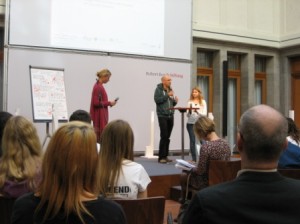
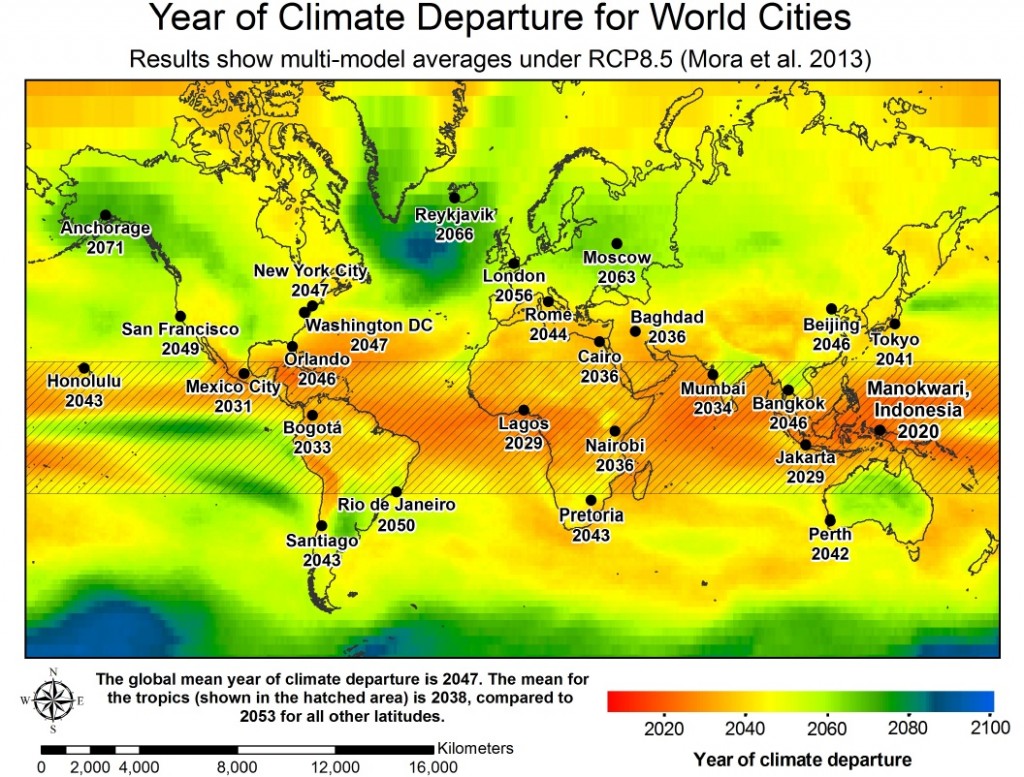
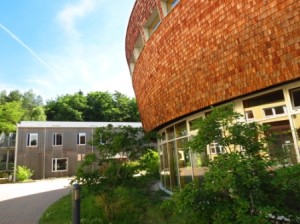
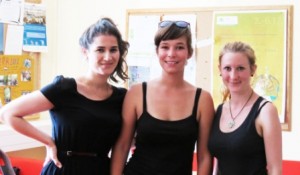

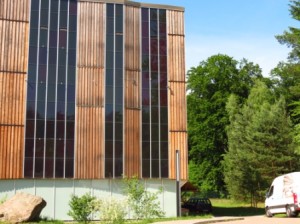




Feedback